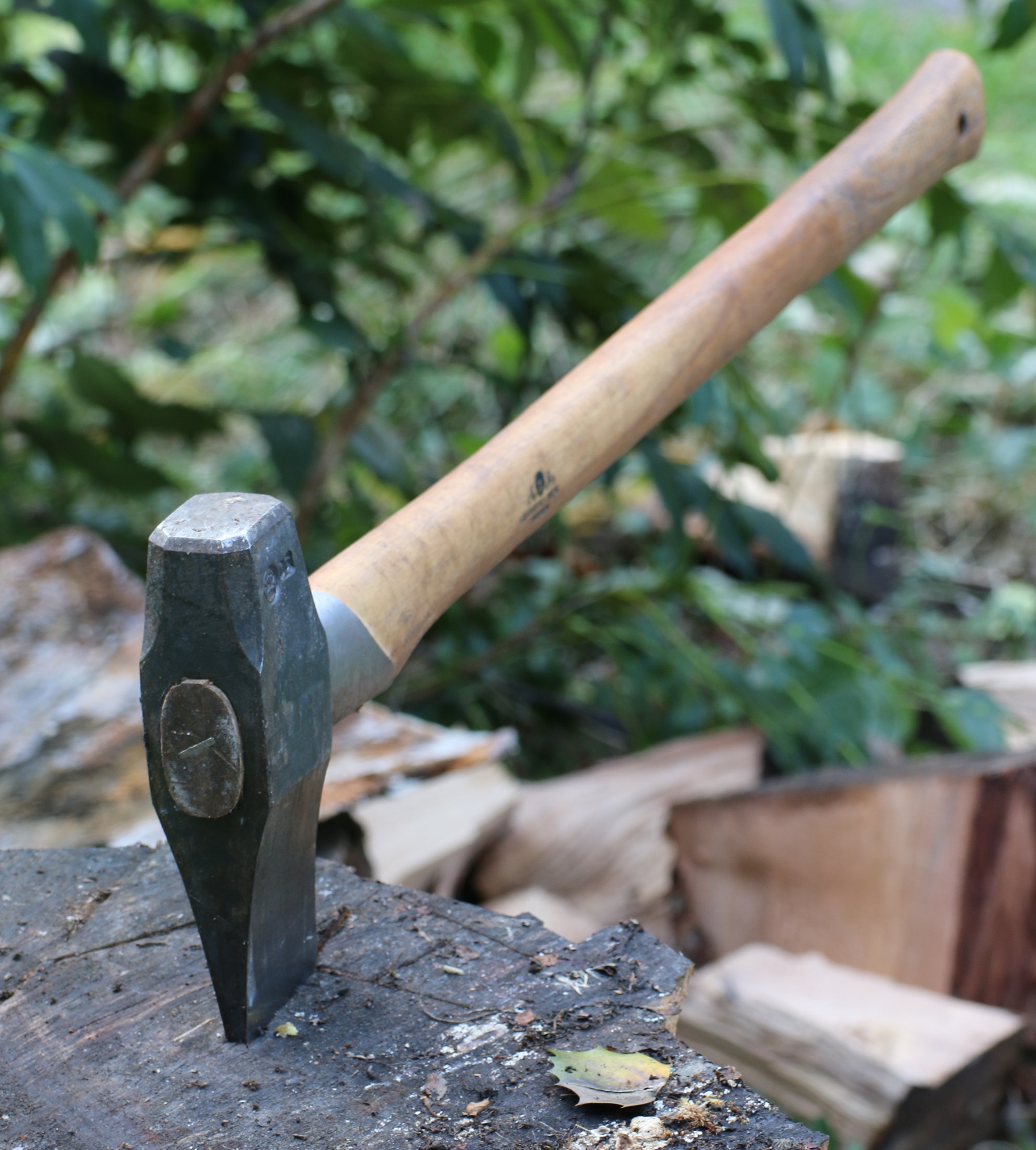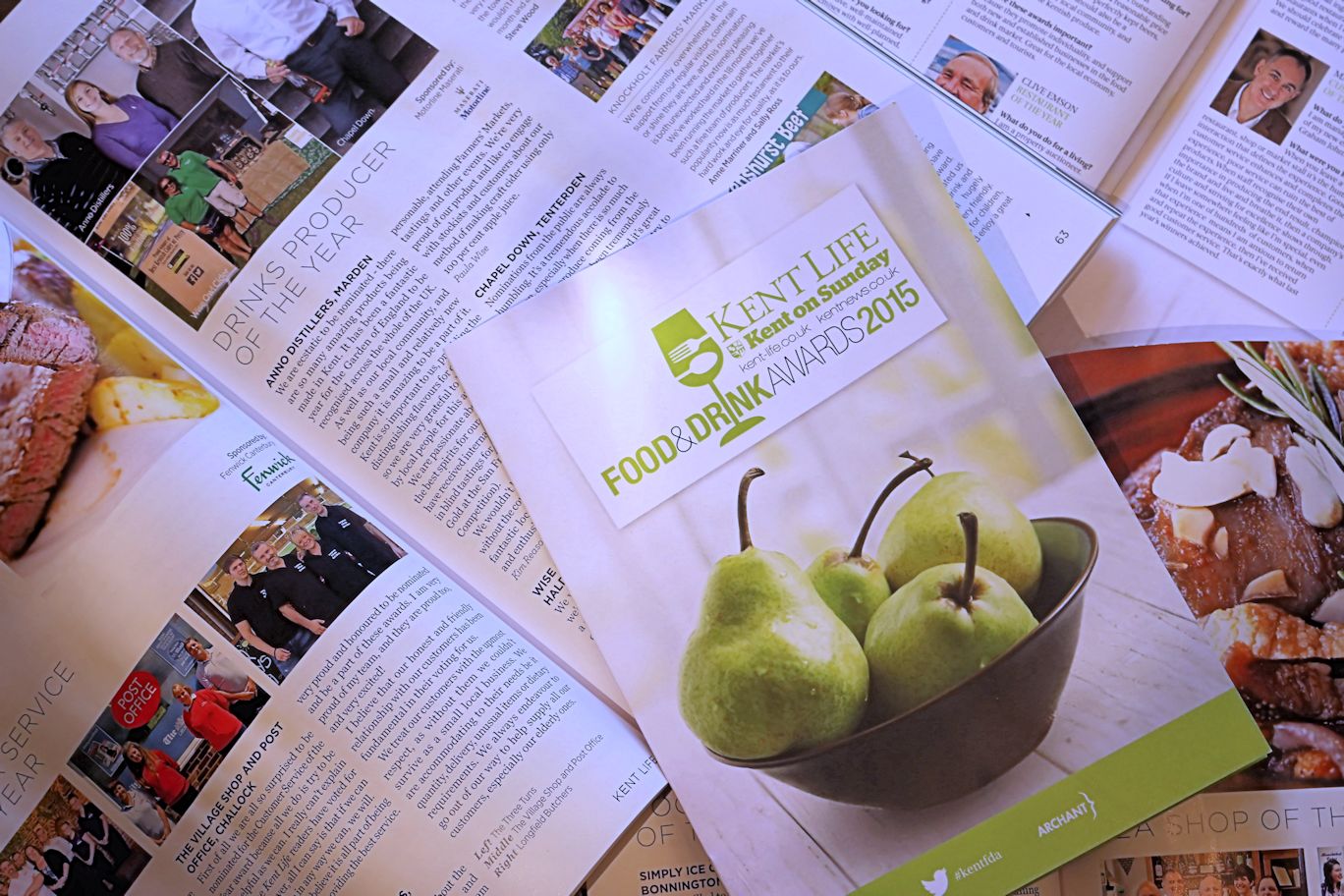October is here and the days grow shorter, with the longer nights come temperatures that are slowly creeping down and for a household that doesn’t rely on central heating anxious eyes are cast towards the wood pile.
I know i should be more organised, I say this nearly every year. A well-managed woodpile is a pleasure to look at, a dream to use and not really that hard to achieve. You do have to be organised and plan ahead though. At my best we will have around 6 ton of timber cut and stacked for the winter months, kindling organised and I’ll spend my winter sunday morns collecting, cutting and stacking next years supply. On my worst days I’ll be eyeing items of furniture around the house and gauging their financial and emotional value against the heat co efficient they may provide. Friends beware if I come to visit at one of those times too, I’ll rarely leave without some scrap wood in the back of my car.
There is something special about a real log fire, it’s almost primal the feeling of pleasure you get watching flames flicker and catch, licking along the pile of kindling. New life appears to be created, clawing for air, eating at the fuel and then flourishing, growing and shining upon you, radiating warmth and comfort. There are endless images we associate with fires, wintry walks returning to the glow, numb fingers almost aching as heat re-invigorates them. For me lighting the first fire of the winter heralds a change in eating habits, pies, hearty soups, roast dinners and mulled wine warming in a saucepan on the stove.
Fire has a darkness to it as well. Chimney fires caused by lack of maintenance and burning green or wet wood, of not having the fire hot enough to keep deposits from forming. Un managed fires, sparks flicking through fire guards, wood stacked too close indoors, these things can be the cause of accidents and worse.
Some chimney sweeps I speak to recommend two cleans a year, one in spring after you have finished the season and one in late summer early autumn just to make sure nothing has got in and nested in the chimney. Whatever you choose to do, don’t leave it to chance, diarise to organise your next clean in advance even if you don’t book it there and then. It doesn’t take a good sweep that long, it’s not a huge expense and what cost peace of mind and safety? We should all be able to love a good fire not fear it.
The common saying is – ‘wood warms you twice’, once when you cut it and then when you burn it.
Something I rarely hear talked about in the run up to winter is chainsaw and axe safety. Many people buy pre cut timber or biomass fuel. Many do what I do and collect, cut and stack timber themselves. The chances are that, if you do, you will use a chainsaw, some form of power tool and an axe of some sort.
These are all extremely dangerous items. Scan the farming news through the year and you will be horrified to read of accidents and occasionally deaths of chainsaw users. Using a chainsaw safely is about common sense but it is about being careful, understanding the dangers and knowing the tool you are using. Look after it, maintain it and preferably take a course on how to use it. It is far too tempting to stretch a little further, reach a little higher, cut a little more, not clear away before making another cut; the list of things people do wrong is endless. The most common one probably is not wearing the proper protective clothing. I never want to see the effects of a chainsaw cutting through footwear and flesh, neither do you! Neither do you want to see the after effects of an axe slipping/skidding off and connecting with a human limb.
How many types of axe are there? Why are there differences? I’m not going to rattle on here with the answers, there are some great links below that will tell you more authoritatively than I can. Find out what tools you really want, perhaps a splitting maul, kindling axe, splitting wedges…
Stacking wood, keeping it dry, know which woods can be burnt young, which give better heat. If you have an open fire rather than a stove, which woods will spit more commonly, all things to know.
Hearth and home! When we built places to live in ancient times a fire was the key consideration, warmth. Once an essential element an open fire is now perhaps more of a lifestyle choice. Carbon neutral pretty much; wood fires have a place in building new homes too, part of our struggle to save our environment. Make sure that your fire is one that you enjoy in safety and provides you with countless magic moments and happy memories.
A guide to choosing and drying wood – Forestry Commission








Leave a Reply